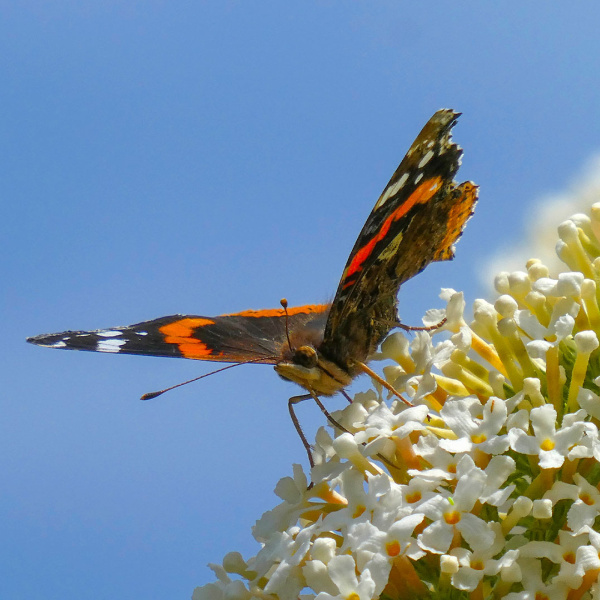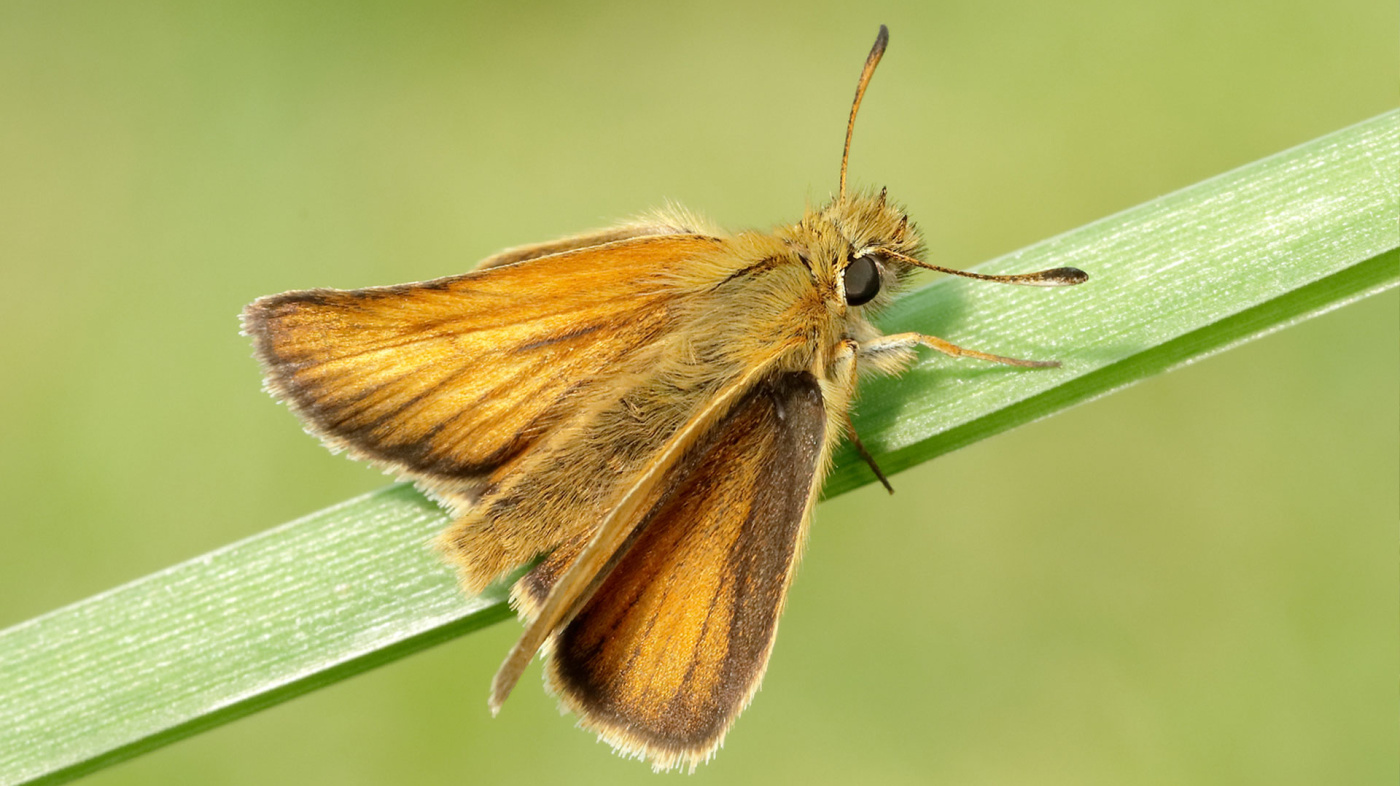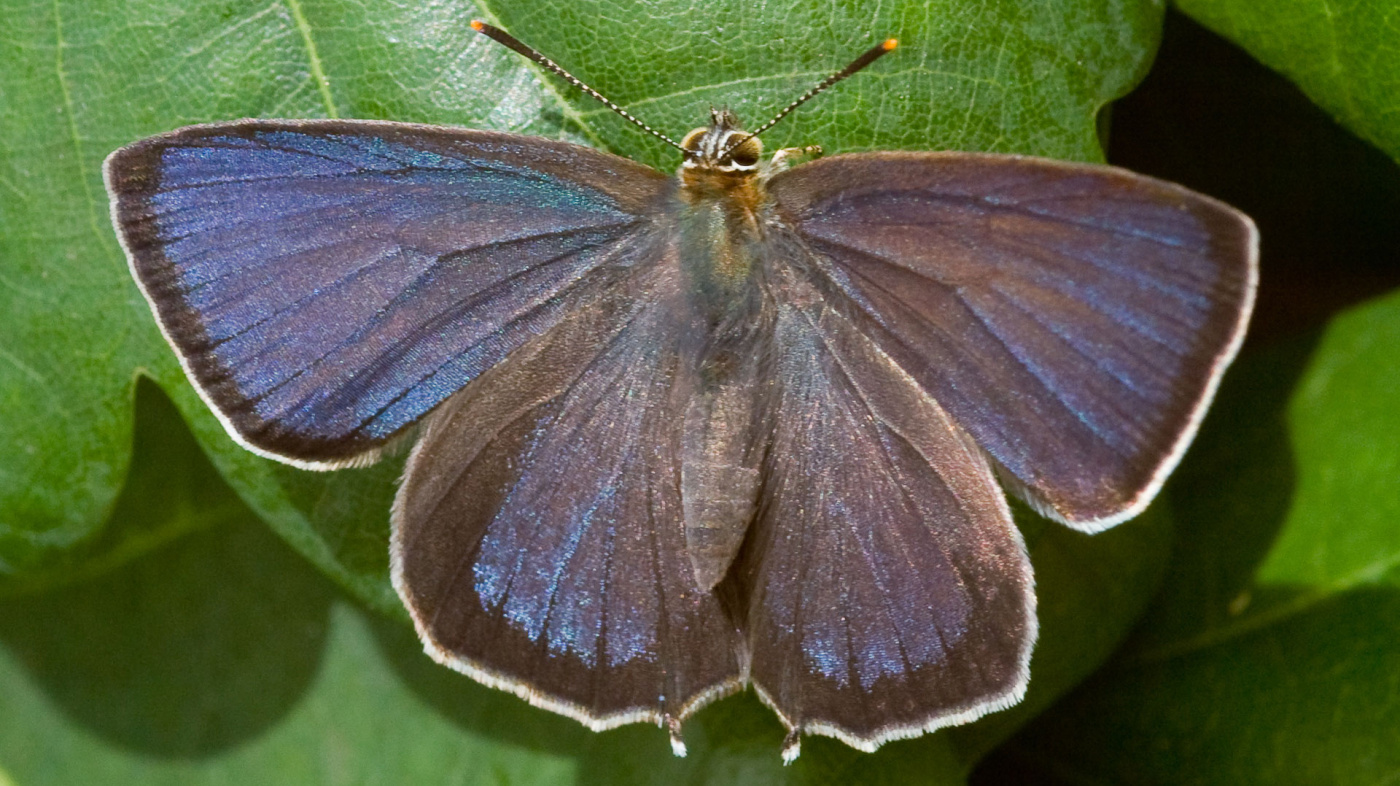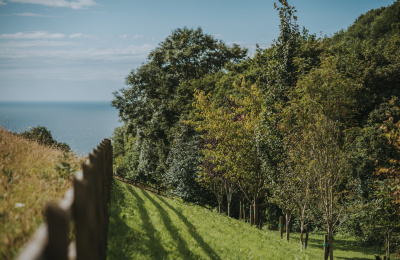As many of our sites are now buzzing with the sound of summer insects, it is the perfect time to take part in Butterfly Conservation's Big Butterfly Count.
The survey runs until 6 August and encourages people to spend just 15 minutes in a suitable location and record the types of butterflies that they see.
Our own Ecology and Conservation team undertake regular butterfly surveys across The Donkey Sanctuary’s sites and encourage staff to take part in the national survey and share their findings. The results can help build a more complete picture of the health of our meadows, paddocks and walkways.
Healthy paddocks and meadows mean healthy resident donkeys, while butterfly-filled walkways are a delight for everyone.
Butterflies are often known as ‘ecological barometers'. Their populations respond rapidly to environmental change and provide a very visual, and of course beautiful, representation of other insect populations that may be less obvious.
This year our Ecology and Conservation have been involving their team of volunteers to help survey in areas across the sanctuary, and so far have recorded 22 species of butterfly.
There has been excitement among the group, with two new species discovered for The Donkey Sanctuary’s list. During the course of a normal survey the team found Essex Skipper and Purple Hairstreak.
Although widespread in England and Wales, the Essex Skipper was only first recorded in Devon in 2019, while the Purple Hairstreak are often overlooked as adults spend much of their lives in the crown of oak trees.
The Big Butterfly Count is a nationwide citizen science survey aimed at helping Butterfly Conservation assess the health of our environment. It was launched in 2010 and has since become the world’s biggest survey of butterflies. In 2022, more than 64,000 people took part across the UK, submitting over 96,000 counts of butterflies and day-flying moths.
The Donkey Sanctuary is often full of butterflies over the summer months and is the perfect place for those wishing to take part in the national survey.
Don’t worry if you are unsure which species is which, Butterfly Conservation have fantastic guides to help: bigbutterflycount.butterfly-conservation.org



